Here’s how to require a signature for an Amazon delivery:
For many Amazon items, you can choose various shipping options.
To ensure that a signature is required, choose the shipping option with that instruction in it.
If such a shipping option isn’t available, then you can contact the carrier and request a hold on the item so that you have to pick it up from the carrier.
So if you want to learn all about requiring a signature for your Amazon orders at delivery, then this article is for you.
Let’s delve into it!
- Amazon: Lies About Delivery Attempts?
- Amazon Package Arrived Open and Empty: 3 Crazy REason’s why?
- Amazon Says Handed off Directly: Meaning?
- Amazon Sent Too Many Items: What to Do?
- Amazon Says Package Undeliverable: Meaning?
- Amazon Says Arriving Today But Not Out for Delivery: How?
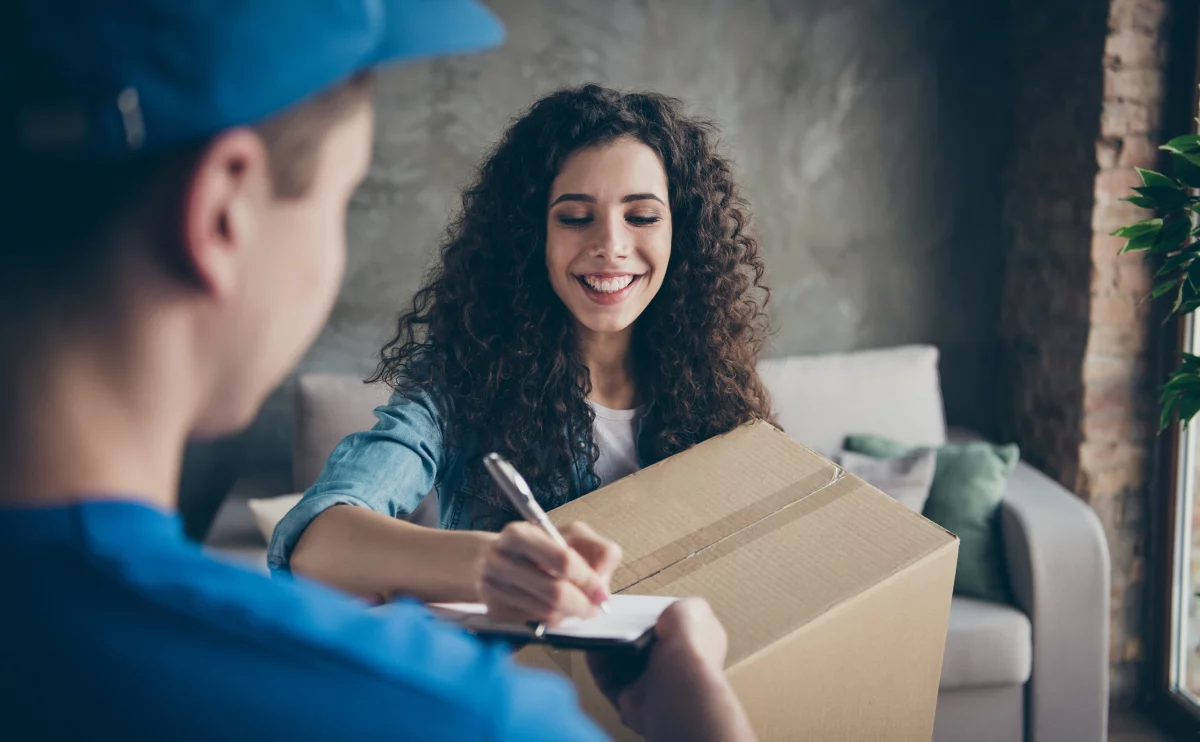
How Do You Require a Signature for Amazon Deliveries?
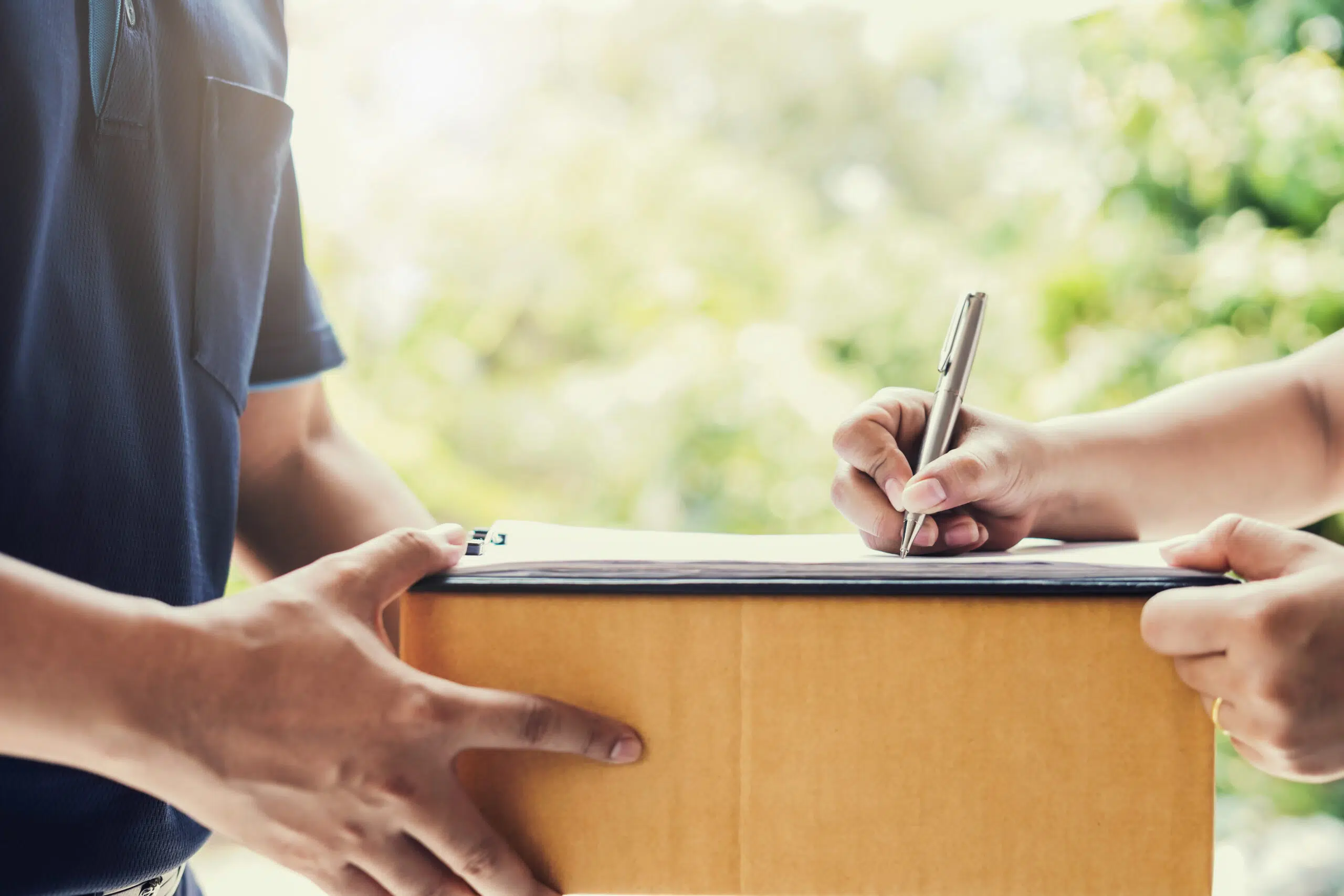
It is possible to require a signature for an Amazon delivery.
It’s important to protect the package and make sure you really do get it, and it turns out that you have a couple of options and ways this can work.
But, it’s not always available by default.
I’m going to have to break this down pretty far to cover everything, but here’s the gist.
Whether or not a signature option is available directly from Amazon varies from item to item.
If the option is available, then this is what it looks like.
When you place the order, that’s when you have the option to require a signature for delivery.
You’ll see it among your shipping options.
So, after you set your address and payment method, you get to the final screen where you have shipping options.
If you look through them, there might be an option that requires a signature.
In many cases, requiring a signature will raise the overall shipping costs.
Carriers often charge a premium for this service, and that cost is passed on to you, the person placing the order.
It’s also important to remember that individual sellers are setting the rules here.
If you’re ordering directly from Amazon, you might have more delivery options.
But if you’re ordering from an independent seller on Amazon, you might get fewer choices.
The short of it is that all of this is visible when you choose your shipping option.
If you don’t see an option for delivery, there are still things you can do, and I’ll be covering them.
Before that, let’s start with some easy stuff.
Which Amazon Items Need a Signature by Default?

There are plenty of items from Amazon that will require a signature even if you don’t request it.
Additionally, some items require a valid ID too.
The first category is for items over $400.
Amazon sets this rule, and if your shipment value is $400 or more, then the delivery will require a signature by default.
I’ll talk about what to do if you can’t be there to sign later, but this is the first part you need to know.
The second category is items that require a certain age to purchase.
There are a lot of age-restricted items available through Amazon.
A couple of easy examples are alcohol or mature video games.
If your order includes anything with an age restriction, then that will be part of the delivery process, and there will be a note explaining as much in the delivery section when you check out.
For age-restricted items, you need to do more than sign when the item shows up.
You also have to provide an ID to prove your age.
A photo ID is necessary, and Amazon has a list of acceptable forms.
Generally speaking, a valid passport, driver’s license, or national ID card will work.
On top of this, it’s also possible for individual sellers to require a signature by default.
They might do that to ensure delivery and raise customer satisfaction.
They might also set signature requirements on their own list of items as they see fit.
Once again, shipping information and requirements will be visible at checkout before you finalize your purchase.
What if No One Will Be There to Sign at Amazon Delivery?
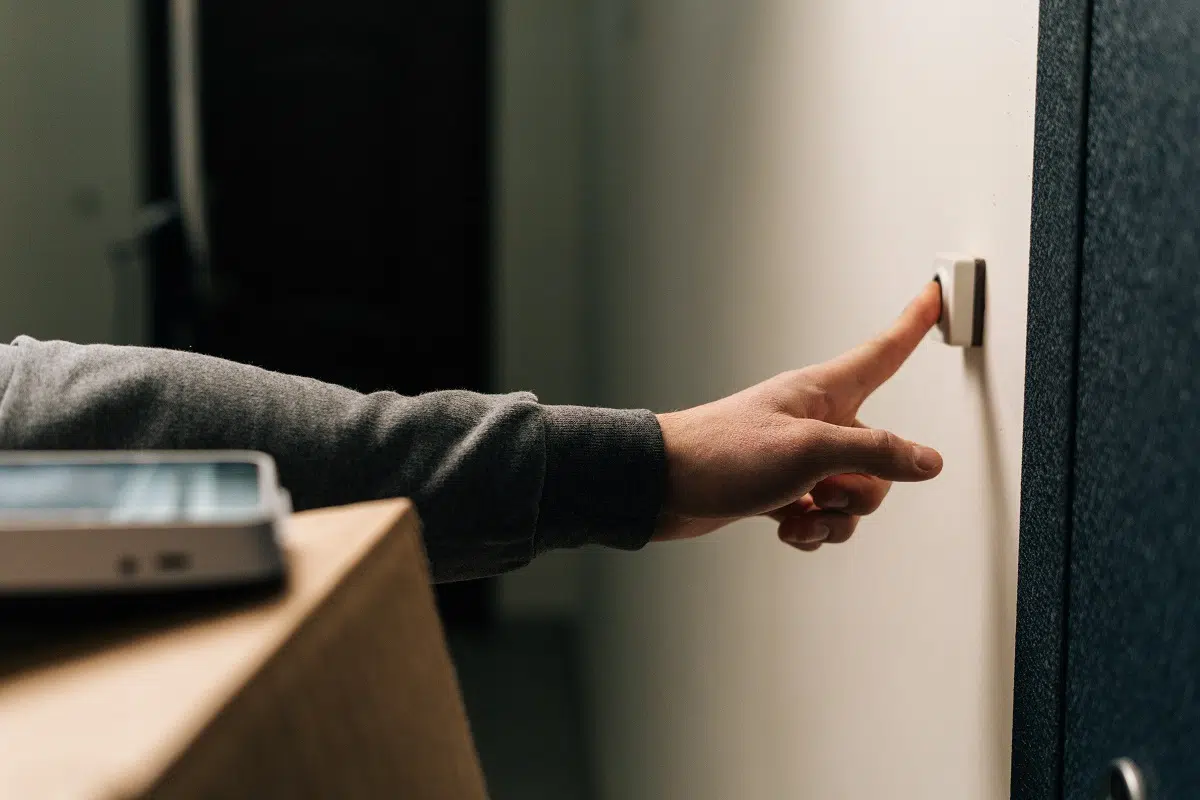
Since some things require a signature, it’s important to understand how to deal with it if you won’t be there to sign for the package.
For this, there are a few things you can do.
If the package hasn’t shipped yet (and especially if you’re still checking out), you can make delivery arrangements.
You can have the package shipped to an office (apartment office, work office, or anywhere else that makes sense for you) to guarantee that someone will be there to sign for it.
You can also change the shipping to a friend or family member’s house where someone can definitely be there to sign for the package.
If the package has already shipped, you can contact the carrier.
You’ll need to make arrangements with whoever is actually delivering the item, but there are options here.
Generally speaking, your best bet is to arrange a hold for the item.
What is that?
It’s an arrangement where the carrier will hold onto the item at their facility, and you can come to them to pick it up.
When you pick up the item, they’ll ask for your signature (and probably an ID) to ensure everything goes according to plan.
Here’s a simple example to clarify. Let’s assume the item is coming via USPS.
You see that it has already shipped, and you have your tracking information.
You can contact USPS, and you can arrange to have the item held at your local post office.
When it arrives, you can go to the post office and pick it up.
The process is basically the same no matter which company is actually delivering your item.
The only thing that changes is which facility has the item when you go to pick it up.
Are There Other Options That Protect My Amazon Delivery? (4 Options)

There’s not always an easy solution right on the checkout page when you place an order with Amazon.
So, you need a few options to ensure that your delivery will make it to you as intended.
Ultimately, you have a couple of options.
You can use a pair of Amazon services that help: Amazon Hub self-service locker and Amazon Hub assisted counter.
If Amazon isn’t handling the delivery directly, then you can contact the carrier after the package has shipped, or you can contact the seller before it ships.
#1 Amazon Hub Self-Service Locker
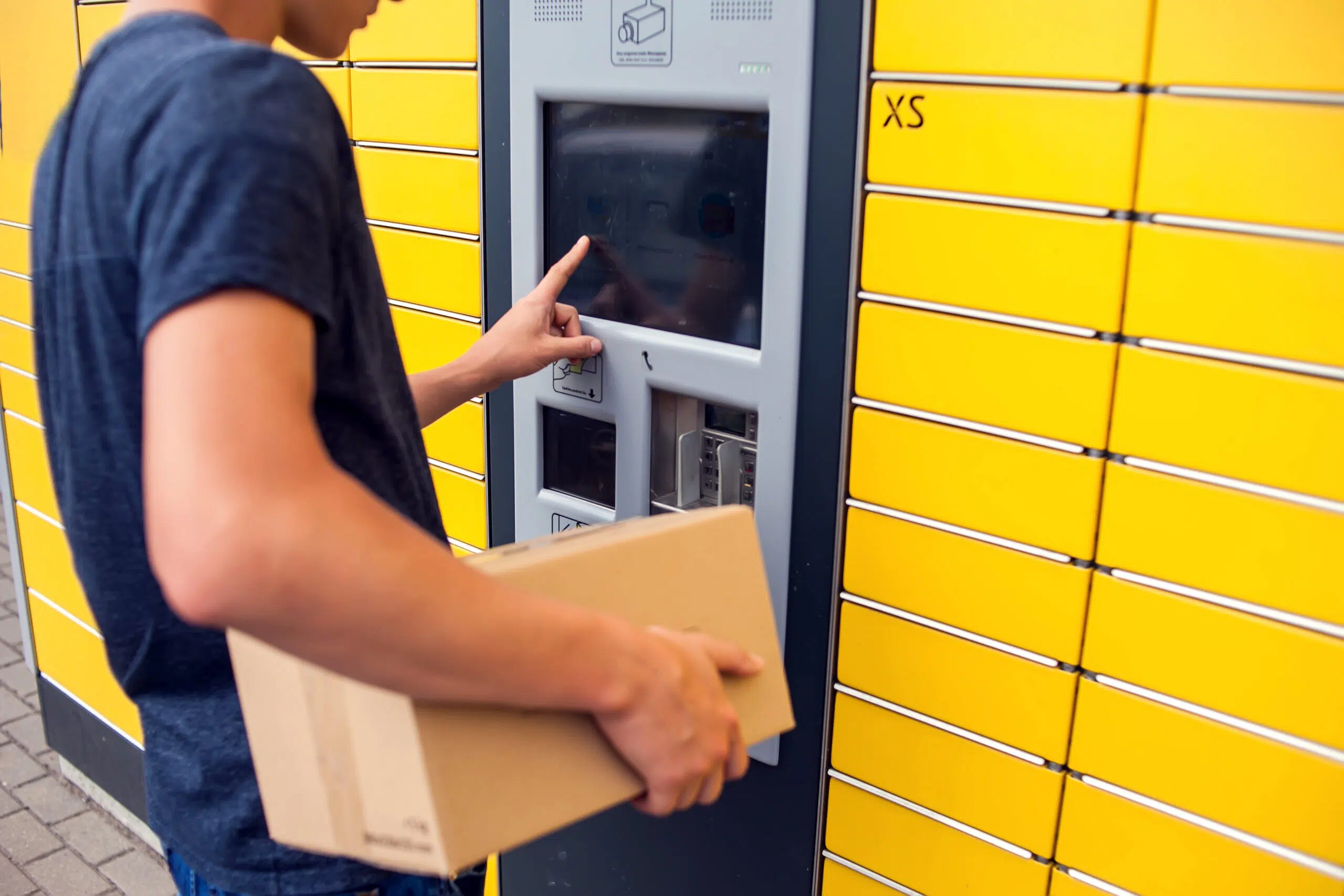
Let’s start with Amazon Hub.
The Hub has two options: the self-service locker and the assisted counter.
The good news is that these options solve two problems.
They can guarantee that you have to sign for the packages, and they give you an option if you aren’t sure that you will be home to sign for a package.
Regardless of which applies, this helps.
The self-service locker is pretty simple.
You can arrange for your package to be kept at an Amazon Hub location.
When the package arrives, it will be assigned to a self-service locker.
You can go to the location, and you can use the delivery instructions in your email to open the locker.
The email will include a six-digit code that opens the locker. Now technically speaking, this doesn’t involve a signature or an ID.
But, it does add a layer of security to the delivery.
If you’re worried about porch pirates or a failed delivery for any other reason, this is a great option to protect the process.
The caveat is that you need to ensure that there is a Hub location close enough to you to make it worth your while.
#2 Amazon Hub Assisted Counter
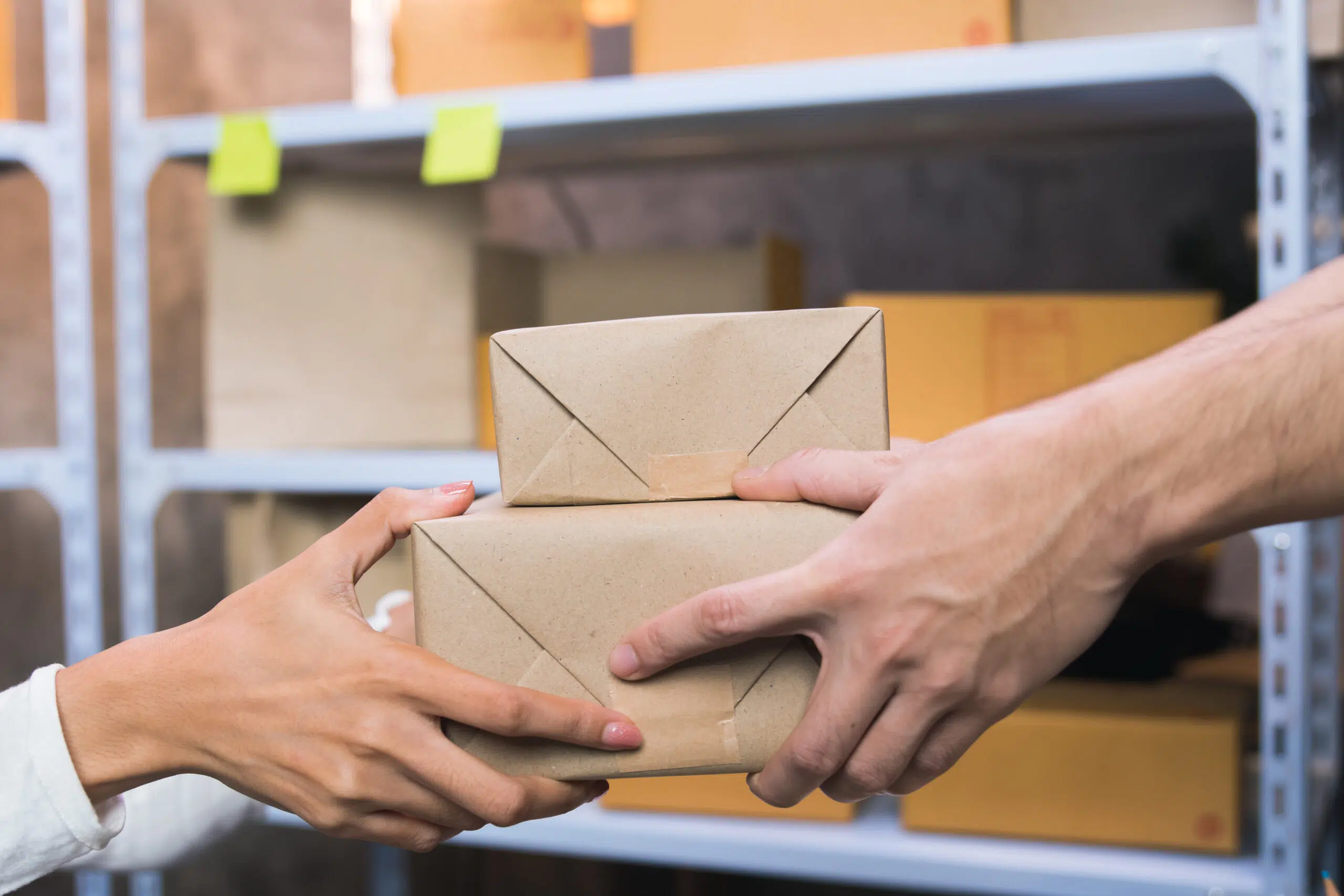
The self-service locker isn’t always the right option.
If your order is being processed via Amazon infrastructure, you can also look into the assisted counter.
This actually does require a signature and an ID, and that’s important for two reasons.
First, if you really want to require a signature, this is the way to do it.
Second, if your delivery requires a signature by default (especially if it’s age-restricted), then you’ll have to go through the assisted counter instead of the self-service locker.
To involve the assisted counter, you want to set it up during checkout.
At that time, you can pick the Hub that is best for you. When you do, you need to confirm who will pick up the package.
Amazon will check IDs when you pick up the package, so make sure the right person with the right ID is on the order form.
When you get an email saying the package has arrived, you can go to the Hub and pick it up. That part is pretty simple.
#3 Contact the Carrier

Here’s the thing.
Amazon Hub options are only available for items that ship from Amazon warehouses.
There are a lot of independent sellers on Amazon that ship things independently.
When that is the case, Hub usually won’t be available.
Instead, you’ll have to make arrangements with the carrier chosen by the seller.
Ultimately, you have very similar options.
You can contact the carrier and request a signature, or you can have the carrier put the item on a hold so that you can pick it up at their location.
It’s the same process when you can’t be there to sign for the package.
By having the carrier hold the item, you ensure that you have to sign for it, and it makes the process a little more secure, if also a little less convenient.
#4 Contact the Seller

If the item hasn’t shipped yet, you can also try to contact the seller.
You can explain your concerns and discuss special shipping options.
Whether or not they accommodate you is up to the seller, but it’s always worth having the conversation.
They might be able to upgrade the shipping options to require a signature, and then you don’t have to go through everything with the carrier.

